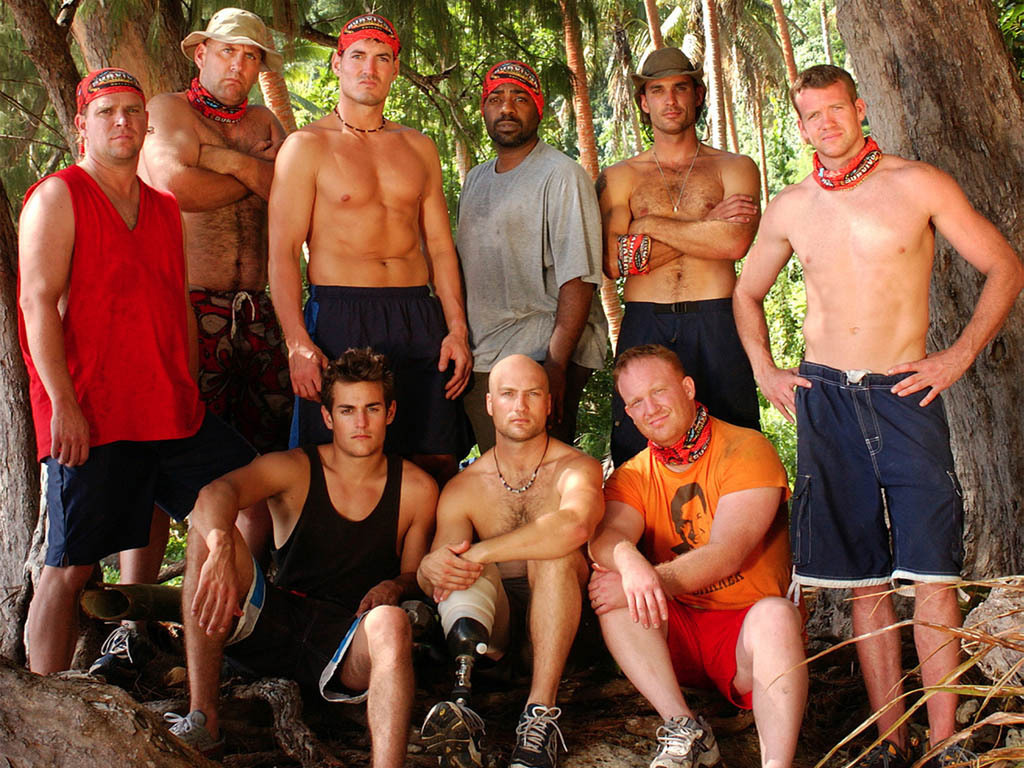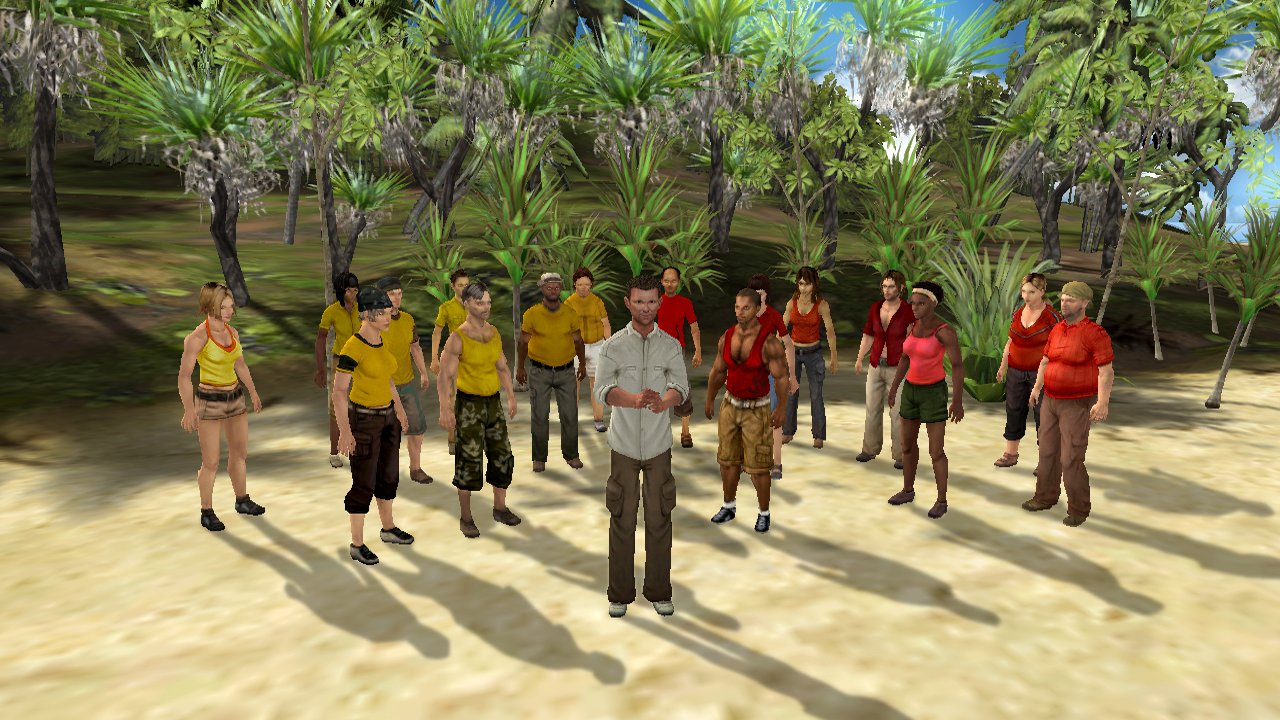Seventy years ago today, Navy veteran Lou Gore was startled by the muffled thuds of explosions and a burst of commotion while cleaning up from breakfast below deck on the USS Phoenix, a cruiser docked at Pearl Harbor.
































Hurrying topside, the 18-year-old seaman second-class was confronted by pandemonium he was unable to immediately comprehend -- flames shooting skyward, roiling clouds of dark, acrid smoke, swarms of fighter-bombers buzzing low overhead.
Within moments that Sunday morning, it became clear that the U.S. Pacific fleet was under attack. As reflexes from training took over, Gore and others aboard the Phoenix jumped into action and began firing back with anti-aircraft guns.
"We didn't know (at first) those were Japanese planes," Gore, now 88 and visiting the islands with nine members of his family, recalled in a recent interview. "We didn't know what was happening. I just did my job."
Gore is one of 100 PearlHarbor Survivors who will attend ceremonies on Wednesday on Oahu marking the 70th anniversary of the Japanese air and naval assault that claimed 2,390 American lives and drew the United States into World War II.
Nearly half of those who perished were sailors aboard the battleship USS Arizona, which Japanese torpedo bombers sank early in the attack, sending 1,177 of its 1,400-member crew to their deaths.
The USS Arizona Memorial, built over the remains of the ship, now forms a centerpiece of the World War II Valor in the Pacific National Monument, an historic site administered by the National Park Service.
'BODIES EVERYWHERE'
Gore's vessel, the Phoenix, was anchored a short distance from the stretch of harbor known as Battleship Row, where the Arizona was moored when it was hit.
"I'll never forget watching the ... USS Arizona battleship jumping up out of the water, landing and rolling on its side," Gore said. "There were bodies everywhere. Brooms floating in the water, canisters."
Long after the two-hour surprise attack had ended, the base remained on edge, he recounted. "Everyone was keyed up. After the attack, at night, it wasn't safe to be out. People were shooting at shadows."
The Phoenix, among a handful of light cruisers and other vessels that got out of the harbor during or just after the attack, emerged unscathed.
Besides the nearly 2,400 who were killed, the attack left 1,178 people wounded, sank or heavily damaged a dozen U.S. warships and destroyed 323 aircraft, badly crippling the Pacific fleet.
As has been the practice of past anniversary ceremonies, visiting veterans, relatives and dignitaries will bow their heads for a moment of silence at 7:55 a.m. on Wednesday, the time when the attack began, as military jets soar overhead in a "missing-man" formation.
The guided-missile destroyer USS Chung-Hoon will render a salute to the fallen crew of the Arizona, and the morning service will end with a "walk of honor" by more than 100 Pearl Harbor Survivors and other World War Two veterans, many of them in their late 80s. The gathering is expected to include seven of the last known 18 survivors from Arizona's crew.
The turnout by Pearl Harbor veterans on Wednesday is expected to be only about half of what it was last year, when about 200 attended.
Mal Middlesworth, former president of the National Pearl Harbor Survivors Association and current publisher of the Pearl Gram, a quarterly newsletter, estimates there are about 2,700 Pearl Harbor veterans still alive.
For Gore, a resident of Seattle, this week marks his first visit to Hawaii since the 1960s, and his first opportunity to personally show his two sons, his daughter and a granddaughter where he was on the morning of the attack.
Gore went on to serve in Okinawa and New Guinea during World War Two and remained in the Navy for 30 years, including a brief stint in Korea and two tours of duty during the Vietnam War. He retired as a petty officer first-class.
Despite the tributes he is receiving this year as a Pearl Harbor veteran, Gore insists he is no hero.









































